Ants are attracted to a wide range of foods and products. However, different species of ants may prefer different food items according to their behavior. Foods that attract ants have specific ingredients that are more attractive for a particular variety of ants.
So, what are the foods that attract ants? These are the following: coconut oil, pure honey, sugar, candy, maple trees, hummingbird feeder, cat food, fruit, banana peels, peanut butter, bread, grease, salt, meat, milk, oils, cereal, wine, and water.
Find out more about these food items, how they attract ants, and what you can do to stop the pesky insects from consuming them by reading this article. Let’s begin!
19 Foods That Attract Ants
Coconut Oil
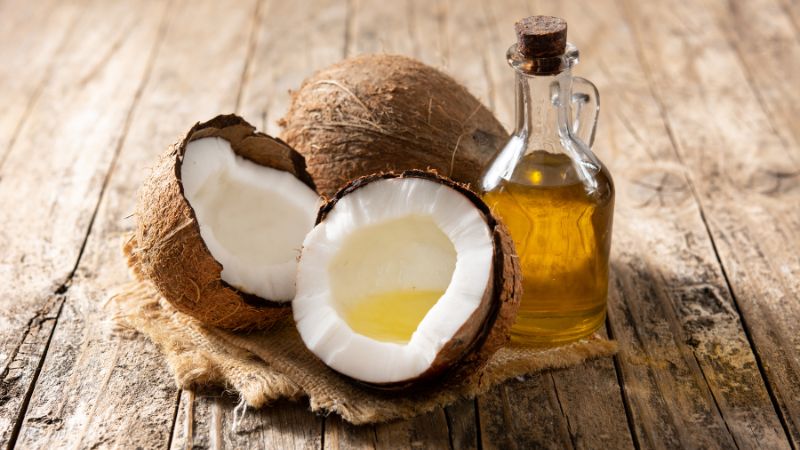
Grease ants are attracted to oil-based food products, including coconut oil. Ants mainly depend on carbohydrate-based food items, and coconut oil residues contain a good amount of carbohydrates. Coconut oil attracts other species of ants, such as Dolichoderus sp. and Tapinoma sp.
Pure Honey
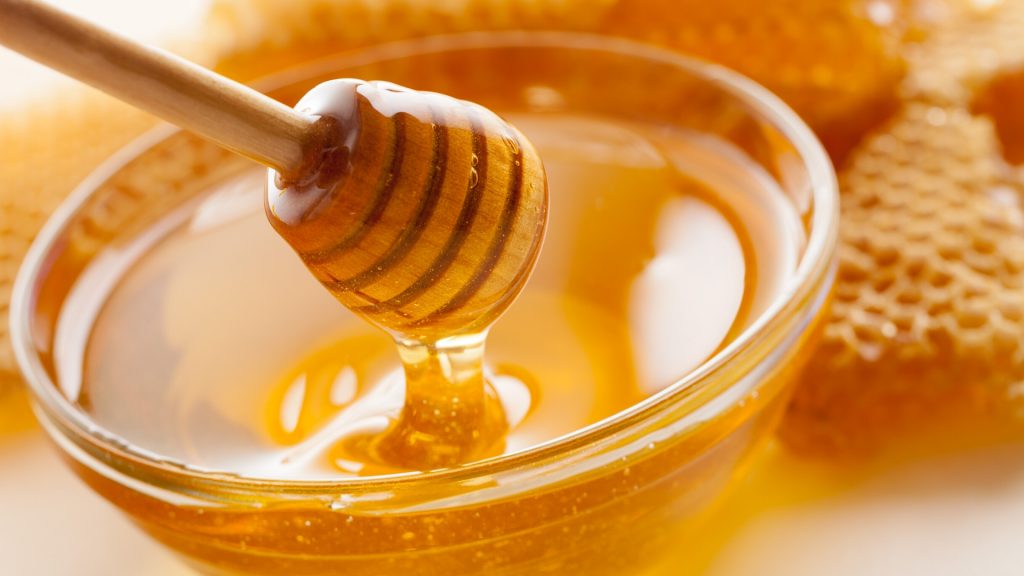
Ants love sweets and sugary food products with a good quantity of moisture in them. Pure honey is quite dense in texture, contains only 20% water, and attracts ants.
However, when pure honey is exposed to the environment, it entraps moisture from the water in the air to its outer layer. In this case, it can attract the ants more significantly.
Sugar

Sugar is the best food source for ants, so naturally, they are attracted to it. Sugar ants are named after their fondness for sugar and sugary products. Ants approach the sugar by following its scent, leaving a pheromone trail for the rest of the ants.
Candy
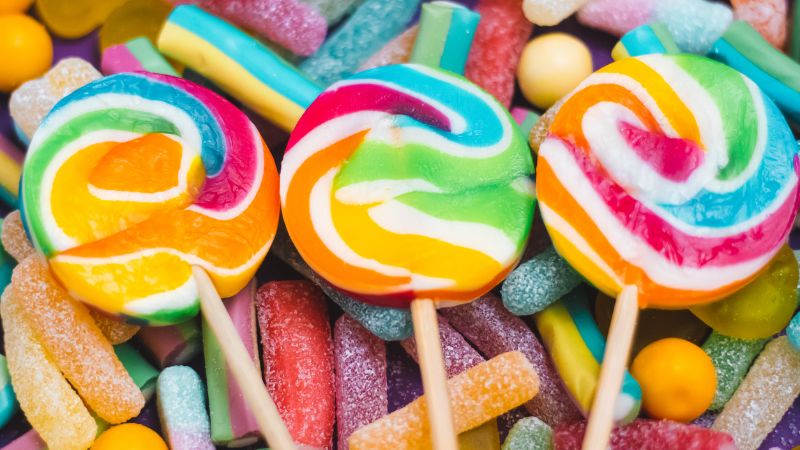
Candy is mostly sugar, so it is one of the favorite food products of ants. They can easily smell the sweet aroma of the candy and can be found crawling over it in large numbers. To keep ants away from your candy stash, seal it in airtight containers.
Maple Trees

The aphids are the common pest of the maple trees. Ants create fierce competition for all other pests living in the maple trees. Carpenter ants or other field ants have a good appetite for aphids, and they get attracted to the maple trees because of them.
Additionally, carpenter ants make tunnels and build their nests in the wood. After the invasion, they use aphids or termites as a food source and establish their colony in the tree holes or cracks.
Hummingbird Feeder
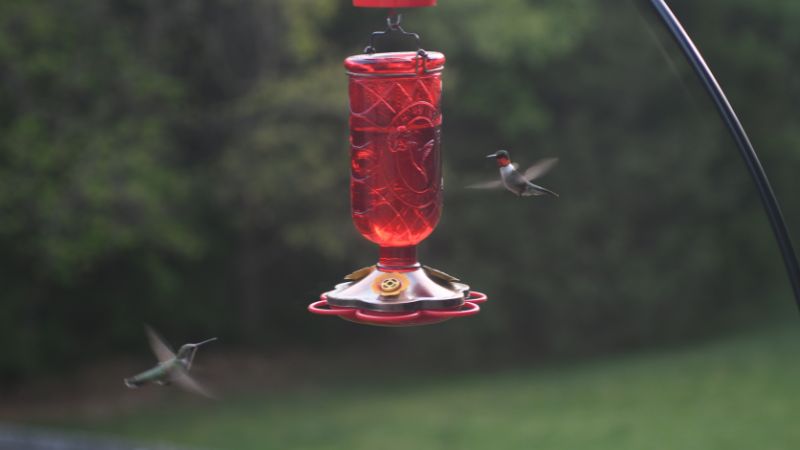
Hummingbird feeders contain nectars which are a mixture of water and sugar. Ants are usually attracted to sugary foods or nectars in hummingbird feeders and invade them in large numbers.
A large number of ants will discourage hummingbirds from using the feeders. You can put an oily substance outside the feeders to prevent ants’ entry. Make sure to clean up any spilled seed or bird feed too.
Cat Food
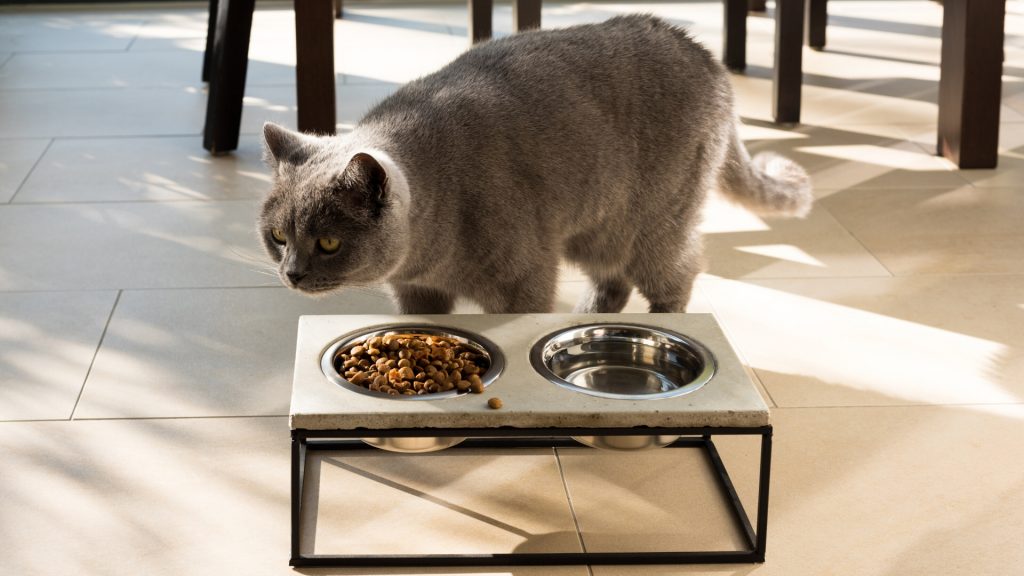
Yes, ants are attracted to cat food because they eat protein-based food. Pet food or cat food is also one of the favorite food items of ants. The ants are easily drawn to the leftover crumbs left by cats. Regularly wash food bowls with detergent to keep the ants away and maintain good hygiene.
Related: How to Keep Ants Out of Pet Food – Complete Guide
Fruit

Fruit is one of the most attractive food products for ants, as it contains a high amount of sugar and moisture. Ripe fruits attract more ants than unripe ones because of the higher sugar content.
Ants can easily find their way to fruits by following their scent trail. Keep the fruits in the refrigerator or wrap them tightly to prevent ants from infesting your fruit bowl.
Banana Peels
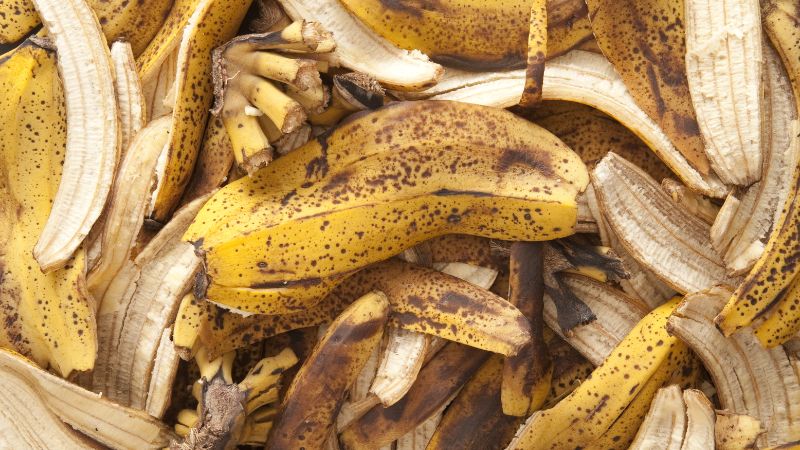
Ants love bananas or banana peels because they have a strong scent that attracts them. Decaying bananas produce even stronger scents that draw ants and insects into your house or kitchen.
Do not leave the banana peels in the house overnight; otherwise, there is a higher chance of attracting an ant infestation.
Peanut Butter
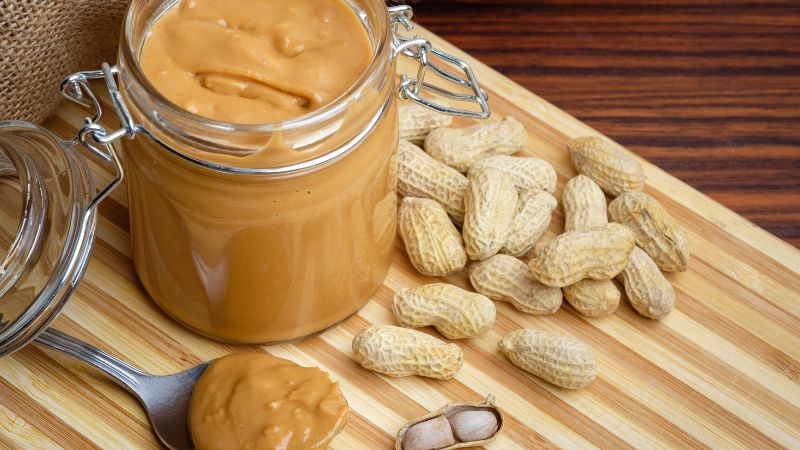
Yes, peanut butter can attract ants as they also love protein-based foods. If you leave peanut butter on the kitchen counter without the lid, it will be an excellent attractant for the ants. You can also use peanut butter poisonous baits to lure the ant colony and to get rid of them.
Bread

Bread is a carbohydrate-based food, and while it does not contain an enormous amount of sugar, it can attract ants. Ants can easily detect the smell of bread, which is also an excellent starch source.
Store bread in airtight containers to prevent ants from accessing it. If you find ants in the bread, dispose of it as it may contain harmful bacteria or toxins produced by the ants.
Grease
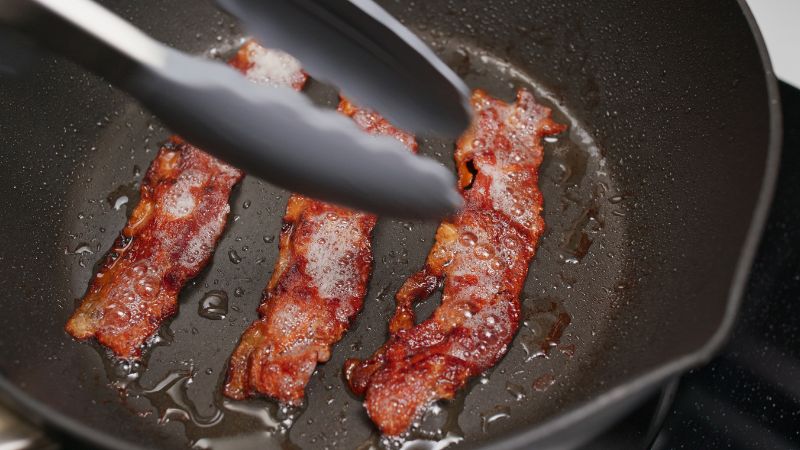
Ants are attracted to greasy food products such as nuts, cheeses, seeds, oil, peanut butter, etc. Experts have also classified a group of ants under the category of grease ants due to their love for greasy food.
Most grease ants are indoor ants that steal food from your kitchen or fruit basket. Moreover, several grease-based baits are commercially available to lure the ants out of their nests and eradicate their colonies.
Salt
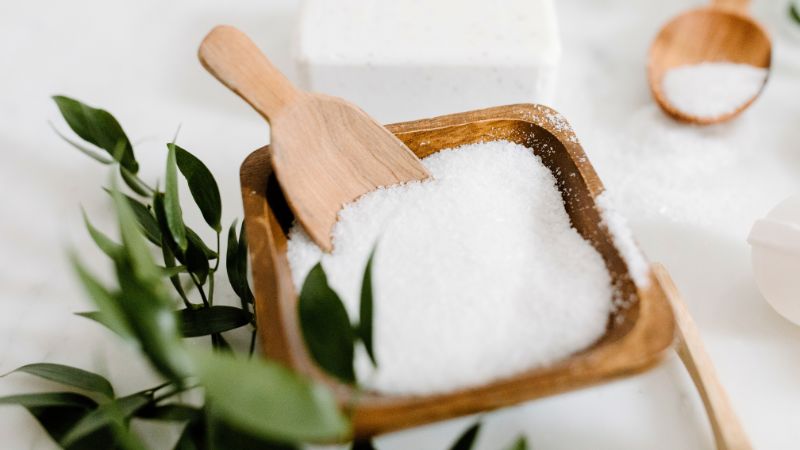
Ants use salts or salt products to maintain their nerves, muscle activity or water balance at optimal levels. Ants living in areas with low amounts of salt are more attracted to salts than sugars (because they are too deprived of salt). Due to similar reasons, ants are attracted to your sweaty clothes.
Meat

Yes, ants are known to eat meat or any protein-based food. They are particularly fond of dead insects or animal carcasses, which they use as a food source for their colony.
Ants can invade your barbeque grill to feed on the remnants of grilled meat or steak. Make sure to clean your grill thoroughly after each use, and keep the area clean.
Milk

Milk is a protein-based food and is not an attractive food product for ants. However, if milk is spilled or left out for long periods, it can attract ants as they can detect its moisture and sugar. Make sure to clean up any spilled milk immediately and store it properly in the refrigerator.
Oils
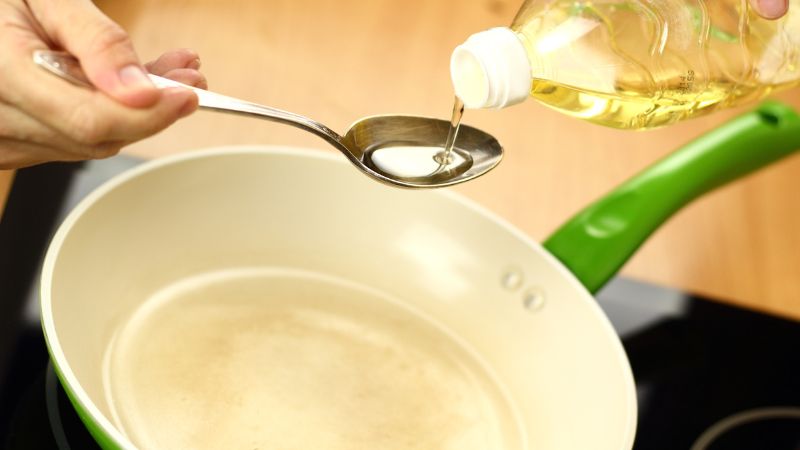
Some species of ants are attracted to oils, especially when mixed with sugar or other sweeteners. Oils can also provide a good source of energy and nutrition for ants. Clean up any spills or leaks of oils, and store them properly to avoid ants from infesting your kitchen.
Cereal
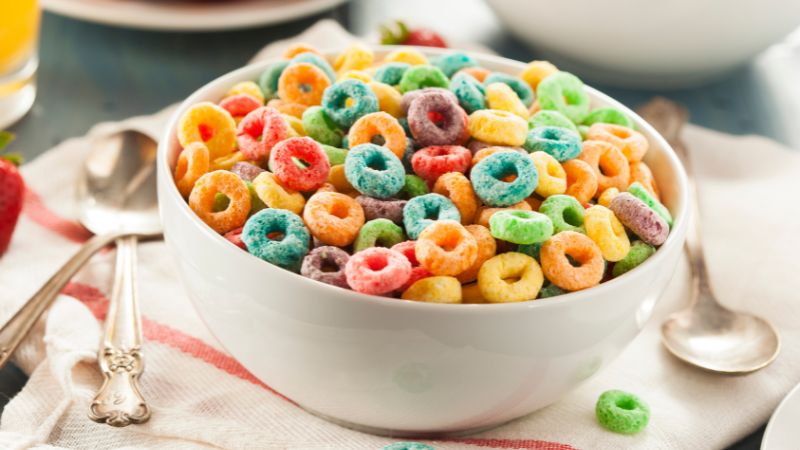
Cereals are carbohydrate-based food and are not very attractive to ants. However, some cereals contain added sugar, which can attract ants. Keep cereal boxes tightly sealed and store them dry to prevent ants from infesting them.
If you notice ants in your cereal, dispose of them as they may contain harmful bacteria or toxins produced by the ants, resulting in contamination. Better safe than sorry!
Wine

Wine contains a high amount of sugar and moisture, making it an attractive food source for ants. Ants can easily crawl inside the wine bottle and drown, contaminating the wine with their dead bodies.
Keep wine bottles sealed when not in use, and clean up any spills or drips immediately to prevent ants from infesting them.
Water

Ants are attracted to water. Like other organisms, ants also need water for their survival. Significantly during the hot weather or dry seasons, ants will move indoors searching for water, and if you have water bottles that have a few drops of water or more, it will attract ants.
Usually, ants eat liquid food products, which fulfill their water needs by using the water from the food. In comparison, some species of ants require plenty of water. You will generally observe ants near the water bottle or in wet areas.
Related: What Do Ants Eat? | Ant Feeding Habits
List of Sources
Alder, P., & Waldvogel, M. (2018). A Guide to House-Invading Ants and Their Control.
Farji-Brener, A., & Werenkraut, V. (2017). The effects of ant nests on soil fertility and plant performance: a meta‐analysis.
Nepi, M., Grasso, D. A., & Mancuso, S. (2018), Nectar in Plant-Insect Mutualistic Relationships: From Food Reward to Partner Manipulation
- How to Get Rid of Turtles | Proven Long-Term Solutions! - August 26, 2023
- How to Get Rid of Kingsnakes | Easy & Humane! - August 26, 2023
- How to Get Rid of Northern Water Snakes | Best Solutions and Preventative Measures! - August 19, 2023

